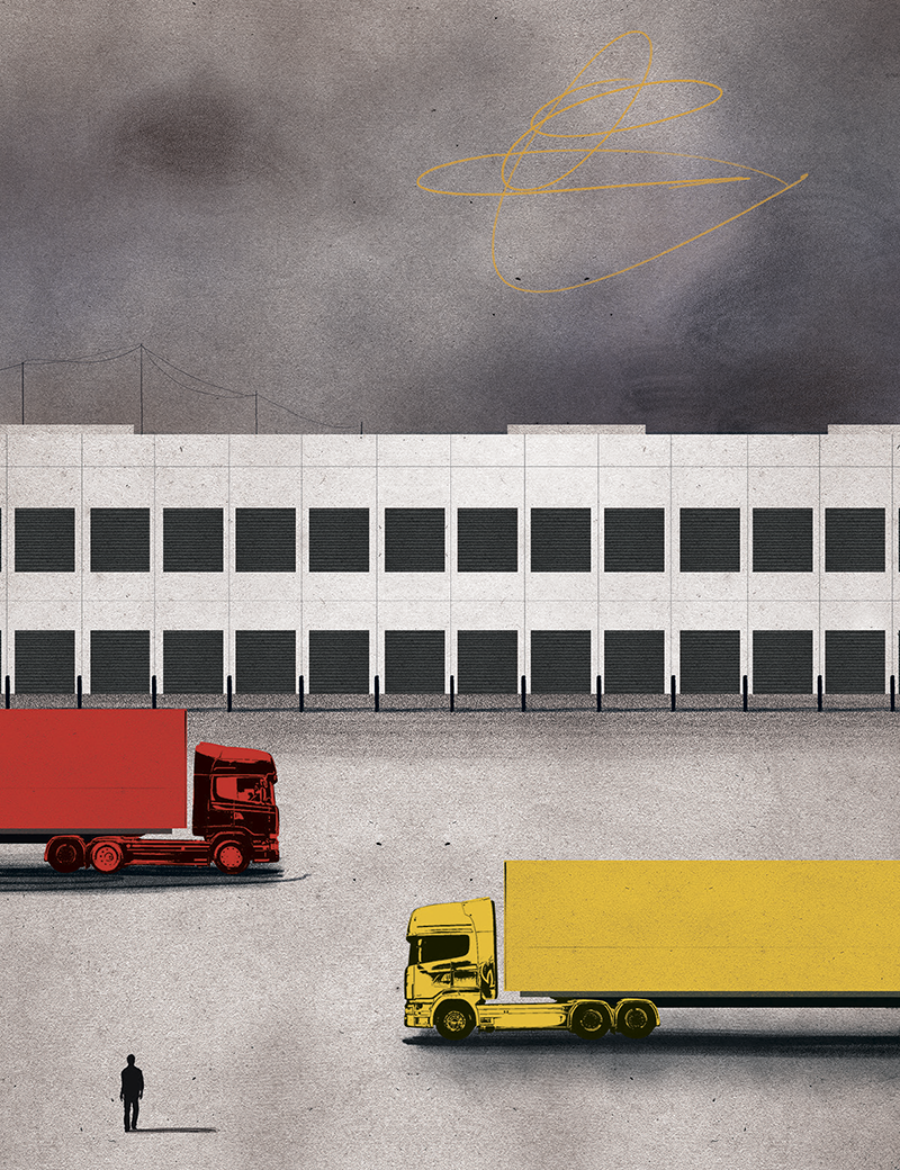The Art of Losing

Illustrations by Barry Falls
It was cruelly cold the night I got to Wisconsin, but I’d been expecting that. It was the sound of the lake that surprised me. From blocks away, you could hear waves thudding against the crags of ice that limned the shore—partly a function of the total silence that had descended on the streets of Kenosha that evening. I took this at first for the silence of desolation, which I’d also been expecting, but it turned out to be only the mundane quiet of a city whose residents had someplace indoors to be after dark. On this particular night,…





































































































